What Is Visual Spatial Intelligence and How to Improve It in Children
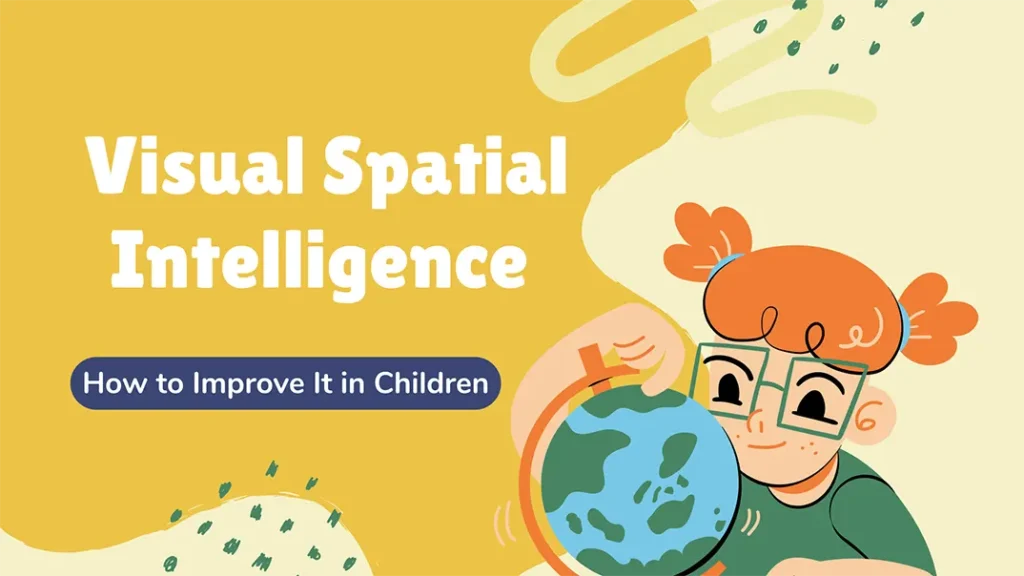
Visual spatial intelligence refers to a child’s ability to perceive, analyze, and understand visual information in their environment. This article explores the definition and significance of visual spatial intelligence in children, highlights the signs of strong or weak development, and provides practical tips, games, and exercises to enhance this essential cognitive skill in everyday settings.
Daycare Job Description Guide: Roles and Duties in 2025

This 2025 daycare job description guide breaks down key responsibilities, qualifications, and daily duties for multiple childcare roles—from lead teachers to assistants—helping employers hire smarter and staff work better.
Applying Social Learning Theory in Early Childhood Classrooms
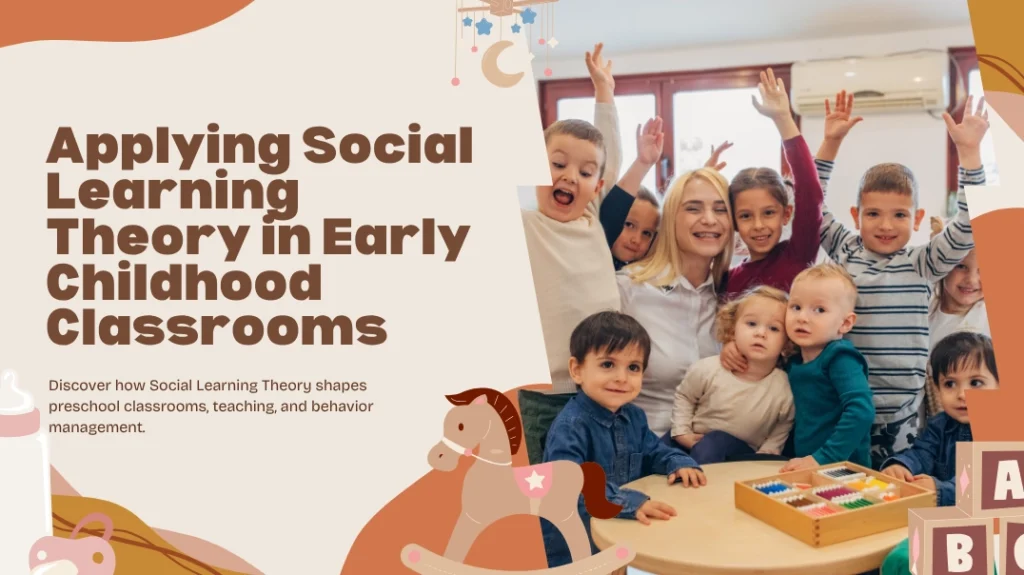
Social Learning Theory is a powerful approach in early childhood education, helping children develop essential social and emotional skills through observation, modeling, and group activities. This in-depth guide explores the theory’s core concepts, practical classroom applications, curriculum planning, classroom management, and the best ways to support children at school and home.
How Operant Conditioning Shapes Positive Behavior in Preschool
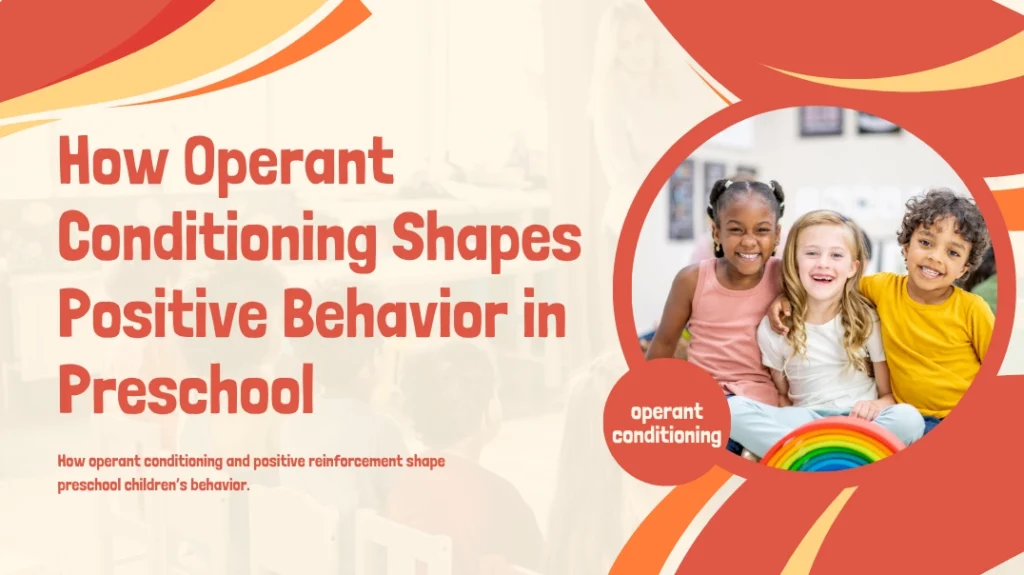
Explores how operant conditioning and positive reinforcement shape preschool children’s behavior. It covers the basics of operant conditioning theory, practical classroom strategies, and ways to create a supportive learning environment using simple tools and consistent routines. Key challenges, misconceptions, and frequently asked questions are addressed to help educators and parents apply these principles effectively in early childhood settings.
Preschool Art Center Setup: Everything You Need to Know
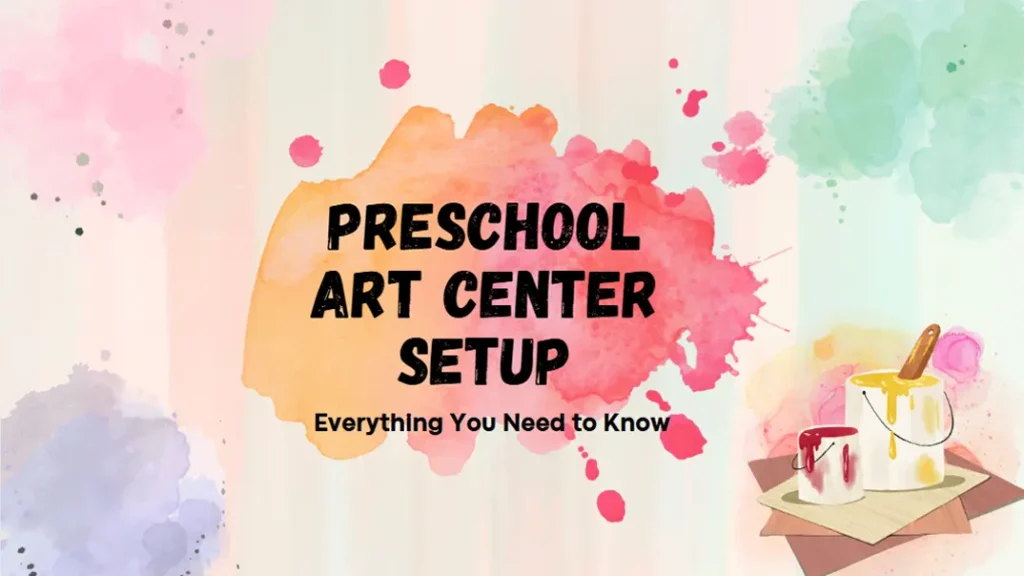
Setting up a preschool art center is more than just organizing paints and crayons; it’s about fostering creativity, promoting fine motor skills, and creating a safe, fun environment where young people can explore and express themselves.
How Bowlby Attachment Theory Supports Better Preschool Learning Environments
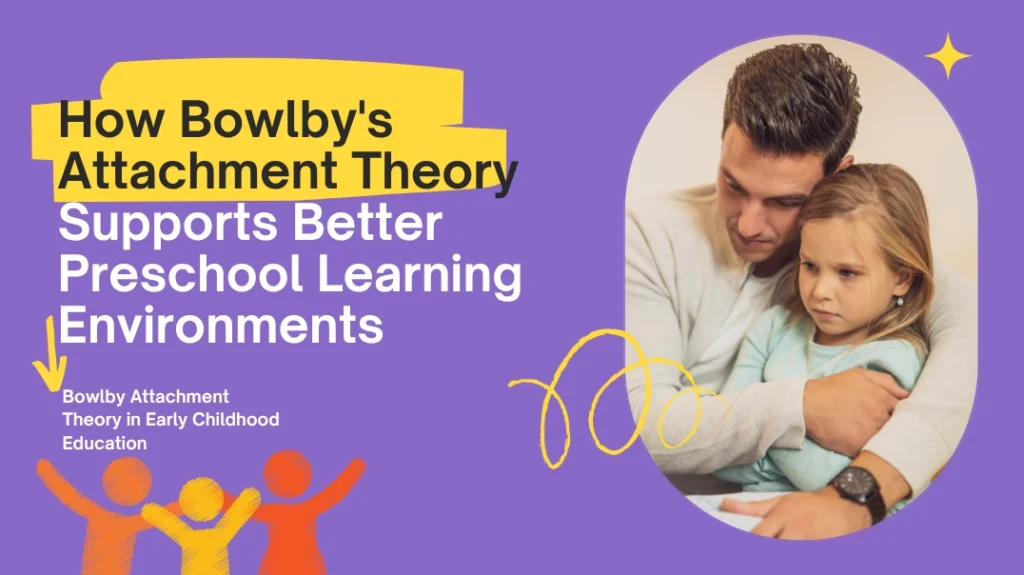
This article explores the practical application of bowlby attachment theory in early childhood education, with a special focus on preschool space planning and furniture design. By understanding how secure attachment forms the foundation of children’s emotional and social development, educators and school furniture suppliers can create child-centered environments that support confidence, resilience, and lifelong learning.
Understanding Erik Erikson Stages of Development in Early Childhood Education

This article explains Erik Erikson’s stages of development and highlights their impact on preschool and early childhood education. Discover how understanding these stages helps teachers and parents support children’s confidence, independence, and social growth during the most important early years.
Teaching Gratitude to Children Should Begin at an Early Age
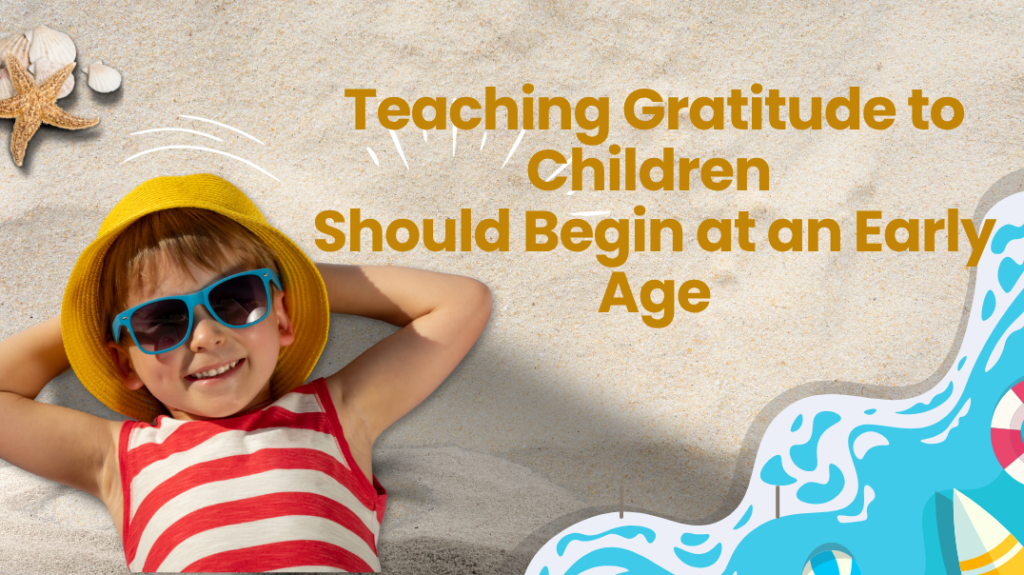
Teaching gratitude to children builds empathy, emotional strength, and kindness. Through Montessori-inspired routines, daily habits, and engaging activities like drawing, storytelling, and thank-you crafts, children can develop a lifelong attitude of appreciation and social awareness—starting as early as age 2.
What Is Receptive and Expressive Language: Differences, Examples, and Milestones
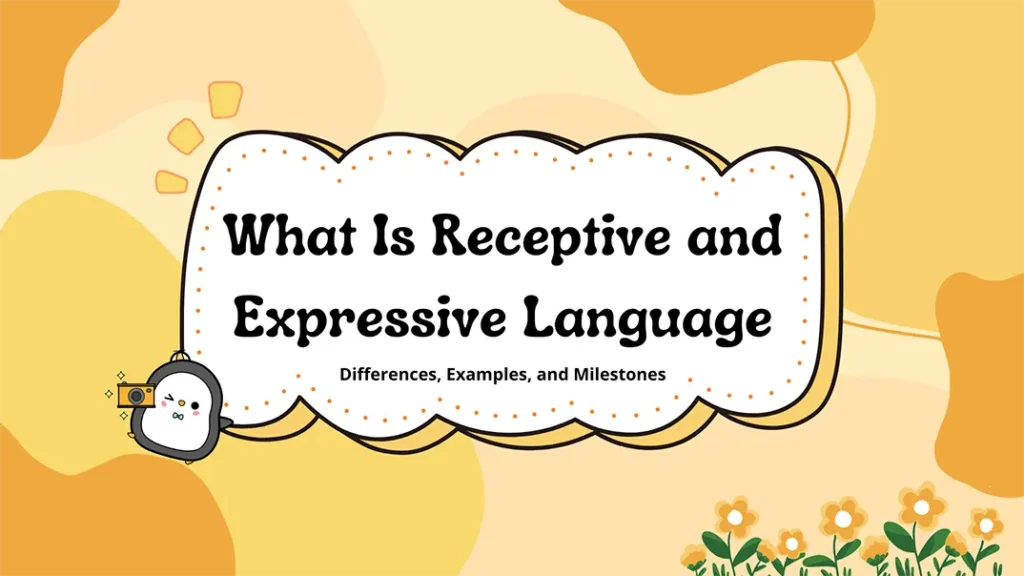
This article explores the differences between receptive and expressive language, provides clear examples of each, outlines developmental milestones, and offers guidance for parents and educators. Whether you’re tracking your child’s language growth or supporting someone with a speech delay, understanding these foundational aspects of language development is crucial.